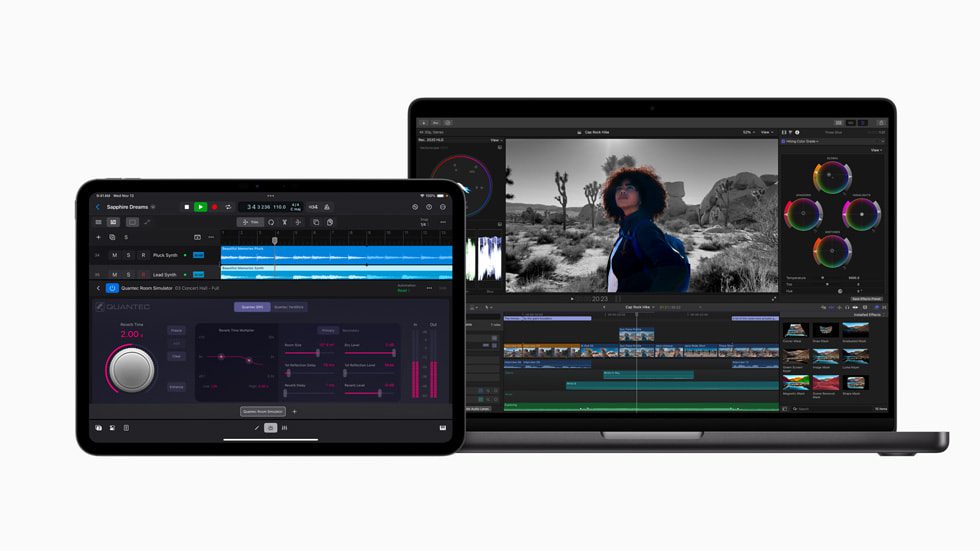New maps will help improve accuracy GPS and will allow experts to better monitor space weather. With their help, scientists will be able to make more accurate short-term forecasts of solar storms and, among other things, study ionospheric disturbances caused by magnetic storms that cause the appearance of anomalous signals.
The ionosphere is the ionized part of the upper atmosphere located at altitudes of 50-1500 kilometers. It is a region of rarefied, weakly ionized plasma consisting of neutral atoms, free electrons, and positively and negatively charged ions. This plasma is an ideal medium for the propagation and reflection of radio waves (mainly due to free electrons).
The total electron content in the ionosphere varies depending on space weather. When large numbers of electrons are lost from the ionosphere, large areas of electron depletion appear, creating interference for signals from satellite navigation systems such as GPS or GLONASS. For this reason, errors occur when determining the location in the system.
To correct these, experts use high-quality ground station receivers that provide a map of the total electron content in the ionosphere. However, the fact that these stations are located in different parts of the planet, thousands of kilometers away from each other and in different time zones causes inaccuracies in the data. In addition, such equipment is not available in every country, and therefore there is a problem in compiling complete maps of the ionosphere.
A team of American software engineers led by Brian Williams of Google Search ( Brian Williams ) developed a method that makes ionosphere maps more accurate and complete. The researchers reported this in an article published in the journal. Nature.
Williams and his colleagues analyzed data from 40 million Android-based smartphones to calculate how the movements of streams of charged particles in the ionosphere affect the transit time of radio signals between each phone and orbiting GPS satellites. Previously, this approach was thought to be impractical because phones created 30 times more interference than dedicated GPS tracking stations.
Also read – China’s Lijian-1 commercial rocket launched 15 satellites
Researchers overcame this problem by combining data from smartphone receivers (phones have receivers that receive signals from GPS satellites), taking into account the characteristics of the antennas and GPS module in each phone. where there are no dedicated stations.
Thanks to the study, engineers were able to find plasma bubbles over India and South America, an “anomalous atmospheric phenomenon” that creates interference in the ionosphere, disrupting satellite communications and GPS. It is very difficult to detect with profile devices. Additionally, with the help of data obtained from smartphones, engineers detected an ionospheric depression at mid-latitude over Europe and determined its depth and shape.
Google is already planning to use a new method to improve the location accuracy of Android-based phone users – GPS error will likely drop to a few meters. volcanic eruptions, earthquakes, tsunamis and even rocket launches.
But there is a problem with the Williams team’s method. It requires areas with GSM coverage, which excludes some sparsely populated areas where people do not need smartphones. There’s also a problem with the oceans: Smartphone users need to be there at all times for constant monitoring of the ionosphere. The authors of the scientific paper stated that they plan to include the phones of airline and ferry passengers in the future, such an approach would fill in missing data about the oceans.













